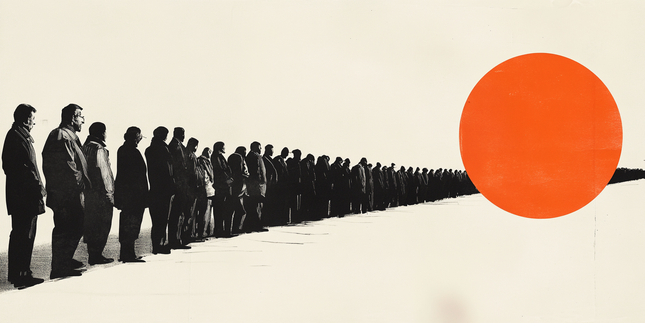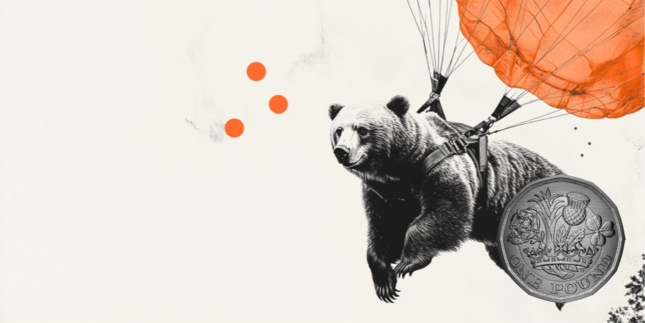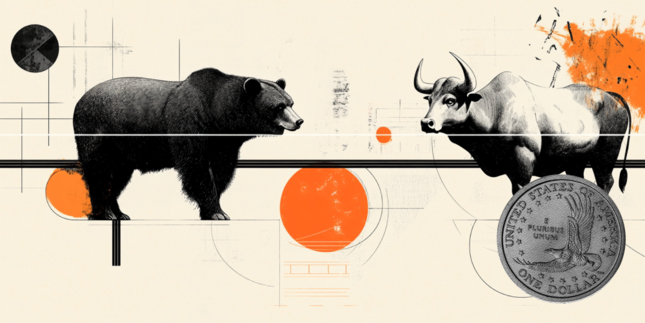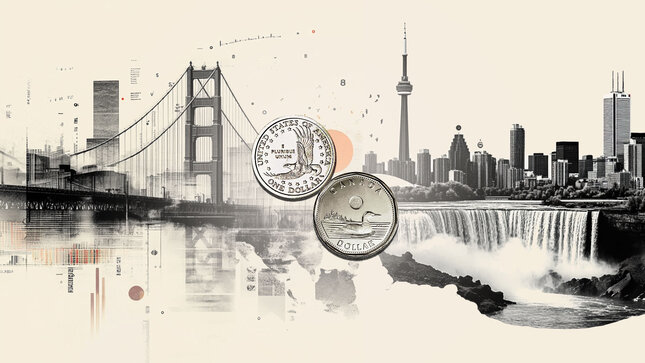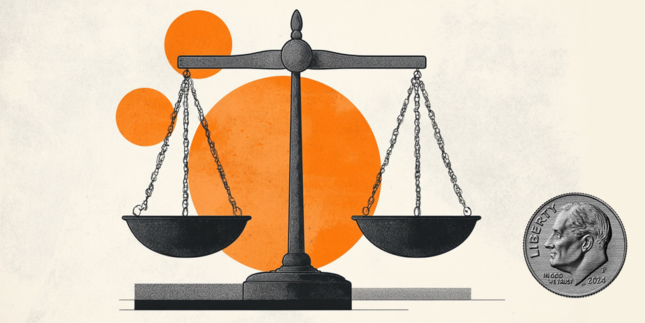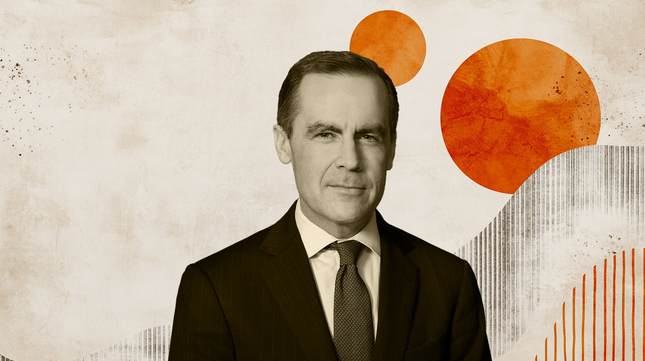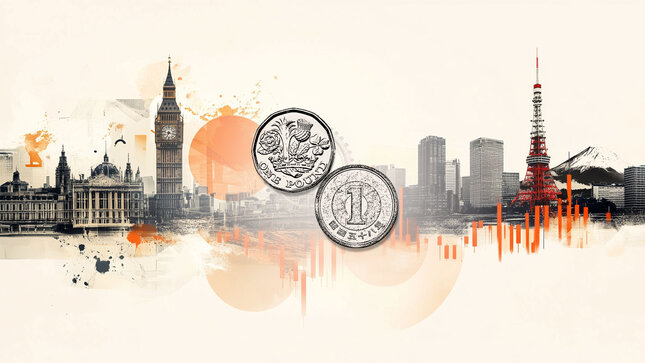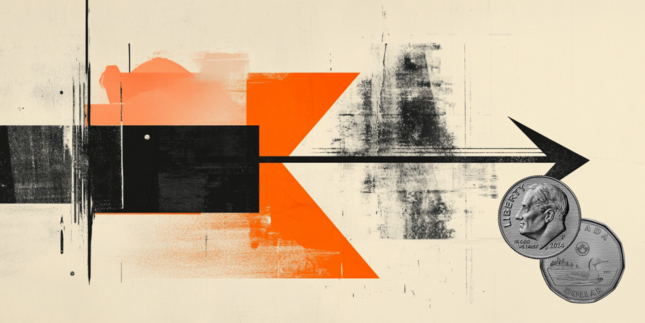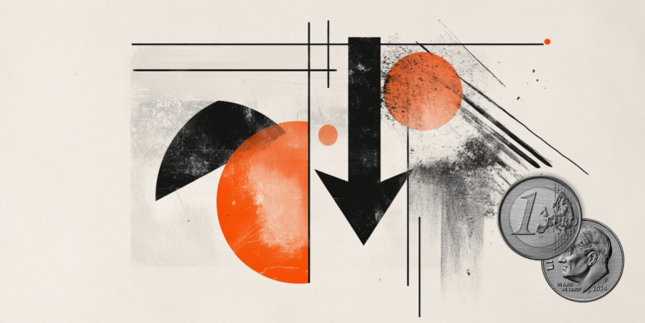EUR/CAD remains below 1.5800 after projections show likely minority Carney government
- EUR/CAD seesaws between tepid gains/minor losses after the Canadian election outcome.
- Bearish Crude Oil prices undermine the Loonie and act as a tailwind for the currency pair.
- A modest USD strength weighs on the Euro and caps any meaningful upside for spot prices.
The EUR/CAD cross reverses an Asian session dip to the 1.5755-1.5750 region and jumps to a fresh daily top in the last hour, though it lacks follow-through buying. Spot prices remain confined in the previous day's broader range and currently trade around the 1.5780-1.5785 area, nearly unchanged for the day.
The Canadian Dollar (CAD) got a minor lift after multiple reports indicated that Prime Minister Mark Carney’s Liberal Party won Canada's federal election and secured a historic fourth term. The initial market reaction, however, fades rather quickly as Carney is set to form the minority government. This, along with the bearish sentiment surrounding Crude Oil prices, undermines the commodity-linked Loonie and assists the EUR/CAD cross to attract some dip-buyers.
The US-China trade war continues to dominate the market sentiment amid mixed signals regarding the state of negotiations. Moreover, investors remain worried that ongoing conflict between the world's two largest economies could trigger a global recession and dent fuel demand. Adding to this, several members of OPEC+ reportedly will suggest an acceleration of output hikes for a second consecutive month in June, dragging Oil prices to a nearly two-week low.
The shared currency, on the other hand, is pressured by a modest US Dollar (USD) strength and the European Central Bank's (ECB) dovish outlook, which, in turn, caps the upside for the EUR/CAD cross. In fact, the ECB lowered interest rates for the seventh time in a year earlier this month and warned that economic growth will take a big hit from US tariffs. This bolsters the case for further policy easing in the months ahead and keeps the EUR bulls on the defensive.
Traders now look forward to the release of the German GfK Consumer Climate Index and Spanish Flash CPI for short-term impetus ahead of the German, French, and Italian CPI prints on Wednesday. Apart from this, the prelim Eurozone GDP report will play a key role in influencing the shared currency and contribute to producing some meaningful trading opportunities around the EUR/CAD cross.
Canadian Dollar FAQs
The key factors driving the Canadian Dollar (CAD) are the level of interest rates set by the Bank of Canada (BoC), the price of Oil, Canada’s largest export, the health of its economy, inflation and the Trade Balance, which is the difference between the value of Canada’s exports versus its imports. Other factors include market sentiment – whether investors are taking on more risky assets (risk-on) or seeking safe-havens (risk-off) – with risk-on being CAD-positive. As its largest trading partner, the health of the US economy is also a key factor influencing the Canadian Dollar.
The Bank of Canada (BoC) has a significant influence on the Canadian Dollar by setting the level of interest rates that banks can lend to one another. This influences the level of interest rates for everyone. The main goal of the BoC is to maintain inflation at 1-3% by adjusting interest rates up or down. Relatively higher interest rates tend to be positive for the CAD. The Bank of Canada can also use quantitative easing and tightening to influence credit conditions, with the former CAD-negative and the latter CAD-positive.
The price of Oil is a key factor impacting the value of the Canadian Dollar. Petroleum is Canada’s biggest export, so Oil price tends to have an immediate impact on the CAD value. Generally, if Oil price rises CAD also goes up, as aggregate demand for the currency increases. The opposite is the case if the price of Oil falls. Higher Oil prices also tend to result in a greater likelihood of a positive Trade Balance, which is also supportive of the CAD.
While inflation had always traditionally been thought of as a negative factor for a currency since it lowers the value of money, the opposite has actually been the case in modern times with the relaxation of cross-border capital controls. Higher inflation tends to lead central banks to put up interest rates which attracts more capital inflows from global investors seeking a lucrative place to keep their money. This increases demand for the local currency, which in Canada’s case is the Canadian Dollar.
Macroeconomic data releases gauge the health of the economy and can have an impact on the Canadian Dollar. Indicators such as GDP, Manufacturing and Services PMIs, employment, and consumer sentiment surveys can all influence the direction of the CAD. A strong economy is good for the Canadian Dollar. Not only does it attract more foreign investment but it may encourage the Bank of Canada to put up interest rates, leading to a stronger currency. If economic data is weak, however, the CAD is likely to fall.
Forex News
Keep up with the financial markets, know what's happening and what is affecting the markets with our latest market updates. Analyze market movers, trends and build your trading strategies accordingly.

